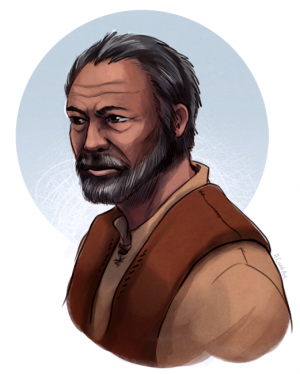Is…Is that Life of Brian?
My legs are grey, my ears are nulled, my eyes are old and bent
That guy in the background is me when PugJesus posts something smart about history that I don’t get but has a lot of upvotes.
Ask any questions you want, sodalis. I’m happy to share what I know (which is less than PugJesus), and PugJesus has made an entire community devoted to talking about the glorious Empire.
I’m old school, been Roman-tique from way back, like MMXXIII.
Lmao
I enjoy that the size of Roman roads dictated the size of space shuttle engines. The width of two horses’ asses.
That’s mostly false though, basically none of the connections made in that myth are true.
Railway gauges varied massively before standardization (and sometimes still do, India has like 3 gauges), and most of pre-ww2 Europe saw their different national gauges as military security requirements.
Horsetrams were even worse, varying city by city or even line by line.
Wagons and chariots don’t create narrow wheel ruts, because they’re drawn by horses, and thus create a wide worn area under horse. Handcarts DO create ruts though.
Romans didn’t have war chariots, they were outdated for centuries by the time the romans got to building roads everywhere. And even if they did, the only “standards” would be pretty wide, they didn’t all work to a single blueprint, and you can see that with common weaponry as well as armor and clothing.
But they did have some chariots. And wagons. And they were basically all made around a central pulling pole, not some kind of weird external harnas. As a result the Roman chariot was as wide as they damned well pleased, which for stability, was often much wider than 2 horses, but usually narrower than 4.
Life sucks. Let me have my horse ass myth.
Putting the P back in SPQR.
“…the aqueduct?”
MMVI crew, salve. I recommend Catullus



